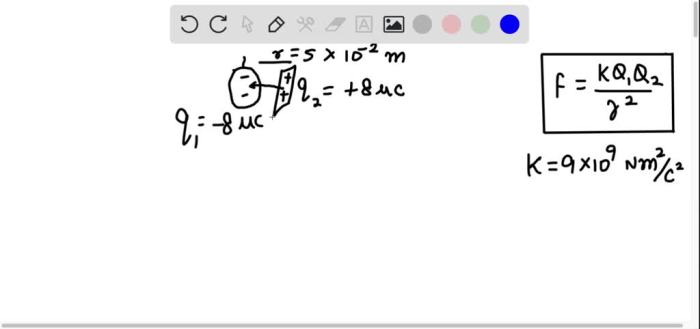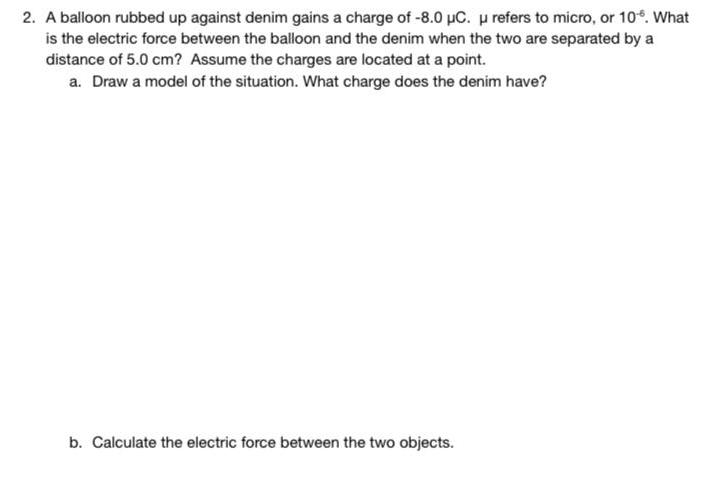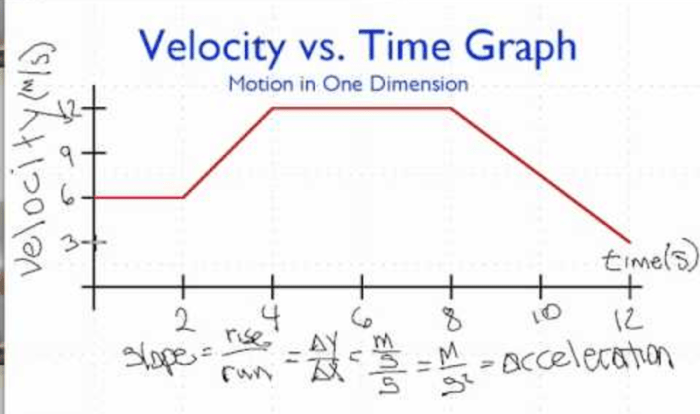A balloon rubbed against denim gains an electrostatic charge due to the triboelectric effect. This phenomenon occurs when two dissimilar materials come into contact and exchange electrons, resulting in the buildup of opposite charges on each surface. In this case, the balloon and denim exhibit different triboelectric properties, causing the balloon to acquire a negative charge and the denim to gain a positive charge.
The charge distribution on the balloon and denim influences the electrostatic attraction between them. The negative charges on the balloon are attracted to the positive charges on the denim, creating an electrostatic force that pulls the two surfaces together. The strength of this force depends on factors such as the distance between the surfaces, the magnitude of the charges, and the dielectric properties of the materials.
Electrostatic Charge Generation

Electrostatic charge generation, also known as triboelectric charging, is a phenomenon that occurs when two materials come into contact and separate, resulting in the transfer of electrons between them. This process can result in the accumulation of electric charge on the surfaces of the materials.
In the case of a balloon rubbed against denim, the triboelectric effect occurs due to the interaction between the rubber material of the balloon and the denim fabric. As the balloon is rubbed against the denim, electrons are transferred from the denim to the balloon, causing the balloon to acquire a negative charge while the denim acquires a positive charge.
Triboelectric Series
The triboelectric series is a list of materials arranged in order of their tendency to gain or lose electrons when brought into contact with other materials. Materials near the top of the series tend to lose electrons easily and become positively charged, while materials near the bottom of the series tend to gain electrons easily and become negatively charged.
The following is a simplified triboelectric series:
- Positive end: Glass, wool, human hair, silk, rubber, nylon, aluminum, copper, steel, gold
- Negative end: Cotton, paper, wood, amber, hard rubber, polyethylene, Teflon
It’s important to note that the triboelectric series is not absolute and can vary depending on factors such as the surface roughness, temperature, and humidity.
Charge Distribution and Polarity
The distribution of charges on the balloon and denim plays a crucial role in determining the electrostatic attraction between them. When the balloon is rubbed against the denim, electrons are transferred from the denim to the balloon, resulting in a net negative charge on the balloon and a net positive charge on the denim.
This charge separation creates an electric field between the balloon and the denim. The electric field exerts a force on the oppositely charged surfaces, pulling them towards each other. The strength of the electrostatic attraction depends on the magnitude of the charges and the distance between the surfaces.
Polarity
The concept of polarity is essential in understanding electrostatic interactions. Polarity refers to the separation of charges within a material or object. In the case of the balloon and denim, the balloon becomes negatively polarized, while the denim becomes positively polarized.
Polarity determines the direction of the electrostatic force. Oppositely polarized surfaces attract each other, while similarly polarized surfaces repel each other. This principle governs the electrostatic interactions between the balloon and denim, resulting in their attraction towards each other.
Force and Field Interactions
The electrostatic force between the charged balloon and denim arises from the presence of opposite charges on their surfaces. This force plays a crucial role in the interactions between the two materials.
The strength of the electrostatic force is influenced by several factors:
Distance
- The force between the charged balloon and denim decreases with increasing distance between them.
- This is because the electric field strength, which determines the force, decreases with distance.
Charge Magnitude, A balloon rubbed against denim gains
- The greater the magnitude of the charges on the balloon and denim, the stronger the electrostatic force.
- This is because the electric field strength is proportional to the charge magnitude.
Dielectric Properties
- The presence of a dielectric material, such as air or denim, between the charged balloon and denim can reduce the strength of the electrostatic force.
- This is because the dielectric material reduces the electric field strength by polarizing its molecules.
Applications and Implications

Triboelectric charging finds practical applications in various fields due to its ability to generate static electricity. Here are some notable examples:
Electrostatic Dust Collectors
Electrostatic dust collectors utilize the triboelectric effect to remove dust particles from air or gas streams. These collectors consist of negatively charged electrodes and positively charged collecting plates. Dust particles acquire a charge when they collide with the electrodes, and they are subsequently attracted to the collecting plates, where they are removed from the air.
Particle Accelerators
Particle accelerators, such as the Van de Graaff generator, rely on triboelectric charging to create a high voltage potential. In these devices, a moving belt made of an insulating material rubs against a metal roller, generating a charge separation. The accumulated charge creates a high voltage potential, which is used to accelerate charged particles to high energies.
Potential Benefits and Limitations
Triboelectric charging offers several benefits, including:
- Low cost and simplicity of implementation
- No external power source required
- Ability to generate high voltage potentials
However, there are also limitations to consider:
- Charge generation can be inconsistent and dependent on environmental factors
- Charge dissipation can occur over time, limiting the duration of applications
- Sparks or electrostatic discharges can be a safety hazard
Visual Representation: A Balloon Rubbed Against Denim Gains

The visual representation of triboelectric charging helps to demonstrate the interactions and effects involved in the process. The table below summarizes the key properties and behaviors of the materials involved in triboelectric charging, including the balloon and denim:
| Property | Balloon | Denim |
|---|---|---|
| Material Type | Rubber | Cotton |
| Triboelectric Series Position | Negative | Positive |
| Charge Accumulation | Negative | Positive |
| Conductivity | Insulator | Semi-conductor |
| Surface Texture | Smooth | Rough |
Additionally, a diagram or illustration can demonstrate the electrostatic field interactions between the charged balloon and denim. The diagram should show the balloon and denim separated by a small distance, with the balloon negatively charged and the denim positively charged.
The electrostatic field lines should be shown extending from the charged surfaces of the balloon and denim, and the direction of the field lines should indicate the direction of the electrostatic force.
Electric Field Lines
The electric field lines around a charged balloon and denim can be visualized using a diagram. The lines originate from the positively charged denim surface and terminate on the negatively charged balloon surface. The density of the field lines indicates the strength of the electric field, with a higher density representing a stronger field.
The electric field lines provide a visual representation of the electrostatic force acting between the charged surfaces. The force is attractive, as the opposite charges of the balloon and denim attract each other. The strength of the force depends on the magnitude of the charges and the distance between them.
The electric field lines also provide insight into the distribution of charges on the surfaces. The lines are perpendicular to the surface at each point, indicating that the charges are evenly distributed over the entire surface.
User Queries
What causes a balloon rubbed against denim to gain an electrostatic charge?
The triboelectric effect, which involves the transfer of electrons between two dissimilar materials upon contact, causes a balloon rubbed against denim to gain an electrostatic charge.
What is the polarity of the charge on the balloon and denim?
The balloon acquires a negative charge, while the denim gains a positive charge.
What factors influence the strength of the electrostatic force between the charged balloon and denim?
The distance between the surfaces, the magnitude of the charges, and the dielectric properties of the materials all affect the strength of the electrostatic force.
